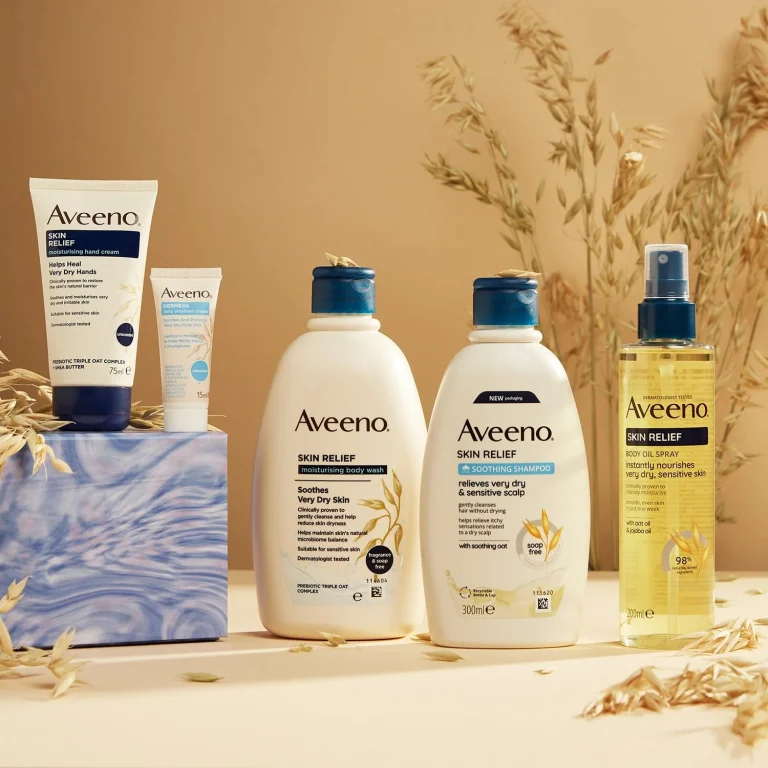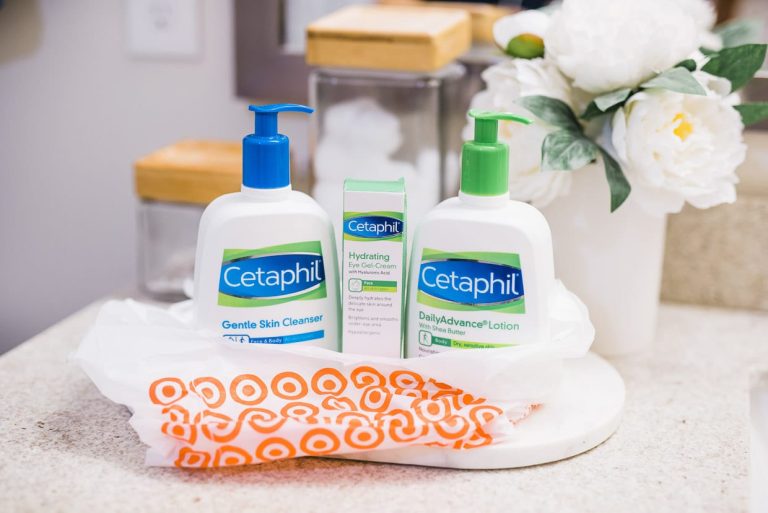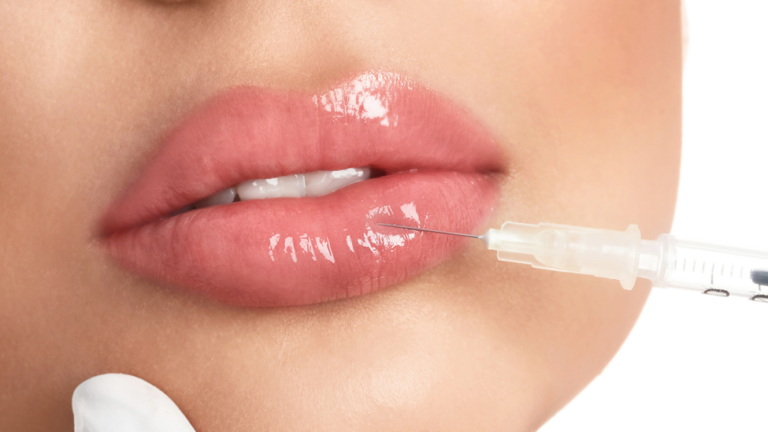How to Protect Vitiligo Skin from the Sun?
Vitiligo is a long-term skin condition characterized by patches of skin losing their pigment. As you may know, the pigment melanin protects the deeper layers of skin from sun damage that can lead to sunburn, premature aging, and skin cancer. So for people with vitiligo, protecting the skin from sun exposure is extremely important.
In this comprehensive guide, I will share everything you need to know about safe sun exposure with vitiligo, including the best practices, products, and treatments.
Why Sun Protection Matters?
Contents
Before jumping into the practical tips, it is important to understand why diligent sun protection makes such a big difference in managing vitiligo.
The leading theory is that vitiligo is an autoimmune disorder that causes the pigment cells (melanocytes) in the skin to be destroyed (Branch, 2023). These cells not only give skin its color but also protect the deeper layers from UV radiation. With fewer pigment cells in vitiliginous patches, the skin is highly sensitive to sun exposure (Dunlap et al., 2017).
Specifically, sun exposure can:
- Cause sunburn and skin damage even more quickly than unaffected skin
- Spread existing vitiligo to other areas by activating the autoimmune response
- Trigger new vitiliginous patches to appear
- Lead to premature aging and wrinkling
There is a misconception that increased risk of developing skin cancer on vitiliginous skin over time due to the lack of protective pigment. In contrast, the meta-analysis shows that vitiligo patients have a reduced risk of KC than healthy controls(Rooker et al., 2023).
The good news is that diligent sun protection can help address all of these concerns. Blocking UV exposure helps stabilize patches, prevent new ones, and allows you to enjoy everyday activities without discomfort.
My Story
As I know firsthand, living with vitiligo can feel frustrating and uncomfortable at times. Shortly after developing vitiligo in my late teens, I struggled with low self-esteem and confidence going out in public. I tried various creams and treatments but had little success halting the spread of patches in those early years.
On the recommendation of my dermatologist, I started using Benoquin cream, a topical monobenzone cream to help manage my vitiligo. What I observed was that using Benoquin after sun exposure seemed to limit the spread of vitiligo to new areas of my skin over time. Together with diligent daily sun protection and finding the right emotional coping strategies, managing my vitiligo became much more achievable.
My goal in writing this is to empower others with vitiligo to protect their skin, find treatments that work for them, and live life to the fullest.
Best Practices for Sun Protection
Protecting your skin from the sun involves covering up, using sunscreens, and avoiding peak sunlight when possible. Here are my top sun protection tips:
1. Wear Protective Clothing
The first line of defense is covering exposed skin susceptible to sun damage. Some recommendations:
- Long-sleeved shirts and pants: Lightweight, breathable fabrics help block rays while keeping you cool and comfortable.
- Wide-brimmed hats: Protect the scalp, face, ears and neck. Baseball caps leave the ears vulnerable.
- UV protection accessories: Specialized products like arm sleeves, leggings, and gloves shield localized patches.
- Tightly woven fabrics: These offer more protection than loose knits which allow rays to penetrate.
2. Apply Broad Spectrum Sunscreen
Sunscreen should be applied to any exposed vitiliginous skin, including the face, ears, feet, etc.
- SPF 30+ broad spectrum: Blocks both UVA and UVB rays. Zinc oxide formulas are best.
- Water resistant: For activities involving water or sweat that may reduce effectiveness.
- Reapply often: At least every 2 hours for adequate protection as it wears off over time.
Be sure to apply sunscreen 15-30 minutes before going outdoors to allow it to fully set.
3. Avoid Peak Sun Hours
Planning activities earlier or later in the day helps minimize the intensity of UV exposure:
- 10 am to 4 pm: The sun’s rays are strongest, so limit time outside during these peak hours when possible. Seek shade.
- Before 10 am/after 4 pm: The sun sits lower on the horizon so UV exposure is less intense. Opt for mornings/evenings.
- Cloudy days: Clouds filter but do not block all UV rays so protection is still needed year round.
4. Supplement with Vitamin D
Since sun exposure also enables natural vitamin D production (Holick, 2004), those practicing vigilant protection may develop deficiency over time. Ask your doctor to test your levels and discuss whether supplementing would be appropriate.
5. See a Dermatologist
Consulting a dermatologist allows you to discuss sun protection methods specifically tailored to your lifestyle and formulate a skin care regimen using treatments shown to help manage vitiligo.

Treatments to Help Manage Vitiligo
While diligent protection limits the further spread of vitiligo and prevents damage to the skin, certain treatments can also help manage patches once they develop:
Topical Steroids: Prescription topical corticosteroid creams reduce inflammation and may repigment skin when applied early on vitiliginous patches.
Phototherapy: Exposing skin to UVA and UVB light under medical supervision can stabilize patches and encourage repigmentation in some cases (Singh et al., 2016).
Topical Immunomodulators: These non-steroidal prescription creams also help manage inflammation and prevent spread though do not induce skin repigmentation.
Surgical Treatments: In cases of stable, segmental vitiligo, melanocyte skin grafting can be done to restore pigmentation to targeted patches.
Complementary Therapies: Options like antioxidants, ginkgo biloba, vitamin D, zinc, and mustard oil lack definitive evidence but patients have reported managing spread with these approaches. Discuss these treatments with your physician.
Psychological Support: Counseling helps many patients address emotional health issues related to living with vitiligo’s visible symptoms. Improving self-esteem and confidence has proven benefits (Grimes & Miller, 2018).
With treatment under a dermatologist’s care and diligent daily protection, the outcomes for managing vitiligo are better today than ever before.
FAQs
How can you emotionally cope with vitiligo?
Vitiligo’s visible symptoms commonly cause emotional distress and low self-esteem. Know that these feelings are normal, but counseling helps. Support groups, either locally or online, connect you with others experiencing the same struggles. Openly communicating with loved ones also brings comfort. While vitiligo can feel isolating and frustrating, you have more control over your outlook and life than you realize. Focus on self-care.
Can phototherapy from tanning beds treat vitiligo?
The research showed that tanning beds can be helpful to treat vitiligo (Radack et al., 2015). However, do not use tanning beds to self-treat vitiligo. While medical phototherapy uses calibrated UV light under supervision to treat certain skin conditions, unsupervised tanning lamps emit different wavelengths more likely to burn and damage skin.
Instead, ask your dermatologist whether in-office narrow band UVB therapy could help stabilize your vitiligo patches without unwanted side effects under controlled conditions.
Will vitiligo keep spreading or stabilize over time?
Vitiligo is unpredictable. Patches may continue spreading for months or years, then stabilize for long periods without a clear reason why. Around 50% of cases stabilize within 5 years, while 15-25% of patients see vitiligo spread to cover most of the body over time (Sahni & Parsad, 2013).
Protecting skin, managing stress, and sticking to treatments all help increase the likelihood of stabilization. However, the variation in timelines and outcomes reinforces the importance of consistency with protection and care.
Is vitiligo genetic?
Vitiligo often runs in families, so genetics do seem to play a role. Around 20% of people with vitiligo have a close relative who also has the condition (Al-Shobaili, 2011). However, only about 36% of vitiligo cases can be directly linked to specific gene mutations that impact melanin production. So while hereditary factors contribute to some, vitiligo is complex with multiple possible triggers.
Should you take vitamin D supplements if avoiding the sun due to vitiligo?
Likely yes, but ask your doctor to test your blood levels first. While recommendations vary, vitamin D levels below 30 ng/ml are often deemed deficient (Thacher & Clarke, 2011). Since sunscreen blocks vitamin D production and phototherapy impacts levels, supplementation of around 2,000-4,000 IU per day helps maintain healthy levels for most vitiligo patients by limiting sun exposure. But do not over-supplement without medical guidance.
Conclusion: Consistent Prevention is Key
The bottom line is that protecting vitiligo-prone skin from the sun does make a big difference when it comes to halting spread, avoiding further skin damage, and feeling more comfortable going about daily life. Committing to safe sun practices takes adjustment, but becomes second nature over time. With the right clothing, sunscreens, shade, and common sense sun avoidance, you can protect your skin without hassle.
My best advice is to be consistent and diligent with protection when going outdoors year round, not just during sunny vacations or summer months. Preventing even occasional sun damage to vulnerable patches helps manage vitiligo over the long run. Avoiding peak sunlight, covering up with clothing, and wearing sunscreen daily offers life-changing benefits for vitiligo patients of all ages.
What sun protection tips have you found most useful for managing your vitiligo? What products do you rely on? Share your thoughts and let’s keep the conversation going!
References
- Branch, N. S. C. A. O. (2023, July 27). Vitiligo. National Institute of Arthritis and Musculoskeletal and Skin Diseases. https://www.niams.nih.gov/health-topics/vitiligo
- Dunlap, R., Wu, S., Wilmer, E. N., Cho, E., Li, W. Q., Lajevardi, N., & Qureshi, A. A. (2017, June 1). Pigmentation Traits, Sun Exposure, and Risk of Incident Vitiligo in Women. Journal of Investigative Dermatology. https://doi.org/10.1016/j.jid.2017.02.004
- Rooker, A., Ouwerkerk, W., Bekkenk, M. W., Luiten, R. M., & Bakker, W. J. (2023, October 1). The Risk of Keratinocyte Cancer in Vitiligo and the Potential Mechanisms Involved. Journal of Investigative Dermatology. https://doi.org/10.1016/j.jid.2023.08.012
- Holick, M. F. (2004, December 1). Sunlight and vitamin D for bone health and prevention of autoimmune diseases, cancers, and cardiovascular disease. The American Journal of Clinical Nutrition. https://doi.org/10.1093/ajcn/80.6.1678s
- Singh, R., Lee, K. M., Jose, M. V., Nakamura, M., Uçmak, D., Farahnik, B., Abrouk, M., Zhu, T. H., Bhutani, T., & Liao, W. (2016, July 29). The Patient’s Guide to Psoriasis Treatment. Part 1: UVB Phototherapy. https://doi.org/10.1007/s13555-016-0129-2
- Grimes, P. E., & Miller, M. (2018, March 1). Vitiligo: Patient stories, self-esteem, and the psychological burden of disease. International Journal of Women’s Dermatology. https://doi.org/10.1016/j.ijwd.2017.11.005
- Radack, K. P., Farhangian, M. E., Anderson, K., & Feldman, S. R. (2015, March 1). An Overview of the Use of Tanning Beds as a Dermatological Treatment. https://doi.org/10.1007/s13555-015-0071-8
- Sahni, K., & Parsad, D. (2013, January 1). Stability in vitiligo: Is there a perfect way to predict it? Journal of Cutaneous and Aesthetic Surgery. https://doi.org/10.4103/0974-2077.112667
- Al-Shobaili, H. A. (2011, July 1). Update on the genetics characterization of vitiligo. PubMed Central (PMC). https://www.ncbi.nlm.nih.gov/pmc/articles/PMC3521835/
- Thacher, T. D., & Clarke, B. (2011, January 1). Vitamin D Insufficiency. Mayo Clinic Proceedings. https://doi.org/10.4065/mcp.2010.0567

Founded by Sophia Rodriguez, IGXO Cosmetics is a PETA-certified, cruelty-free, and vegan makeup brand.





